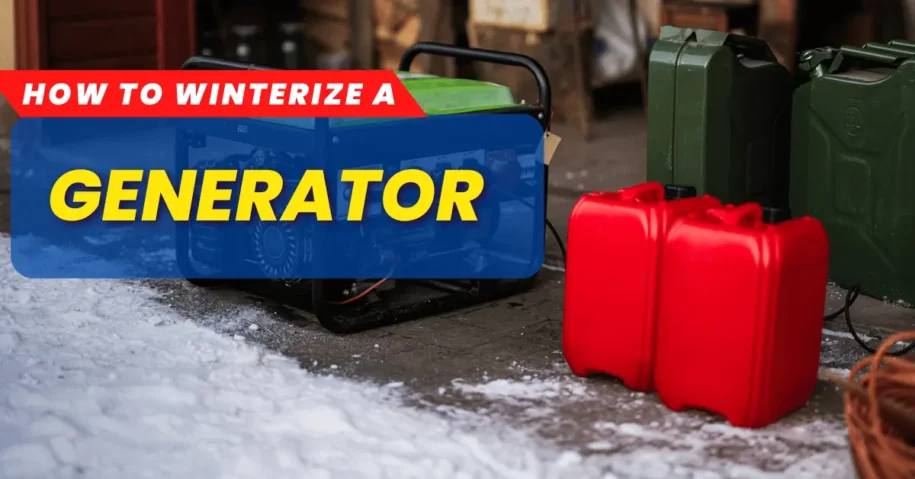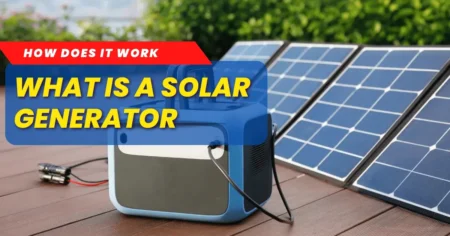Winter is approaching, and it’s crucial to get your generator ready. Proper maintenance ensures your generator will run smoothly during power outages in the cold months. Here’s a detailed guide on how to winterize your generator to keep it in top shape.
Why Winterize Your Generator?
Winterizing your generator is essential because cold weather can be harsh on machinery. Low temperatures can affect the generator’s ability to start and operate efficiently. By winterizing, you ensure it begins quickly, prevent potential damage, and extend its lifespan.
Steps To Winterize Your Generator

- Clean The Generator
Start by cleaning your generator. Dirt and debris can cause problems if they build up. Use a soft brush and cloth to wipe down the exterior. Pay attention to the vents and openings, as keeping these areas clean helps your generator run efficiently.
- Check The Oil
Oil can thicken in cold weather, making it hard for your generator to start. Check the oil level and consider using winter-grade crude, designed to perform better in low temperatures. Proper oil maintenance is crucial for smooth operation.
- Replace The Fuel
Old fuel can cause your generator to perform poorly. Drain any old fuel from the tank and replace it with fresh fuel. Adding a fuel stabilizer can keep the fuel from degrading, prevent clogs, and ensure your generator runs smoothly.
- Inspect The Battery
Cold weather can weaken batteries, so checking your generator’s battery for any signs of wear is essential. Clean the battery terminals and ensure the connections are tight. Charge the battery if necessary to ensure it’s fully powered and ready for use.
- Check The Spark Plug
The spark plug is vital for starting your generator. Remove it and inspect it for any signs of wear or dirt. Clean it if it’s dirty and replace it if it is worn out. A properly functioning spark plug ensures a smooth start.
- Test The Generator
Run your generator for a few minutes to circulate the oil and ensure everything functions correctly. Listen for unusual noises and address any issues before the cold weather sets in.
- Store The Generator Properly
Store your generator in a dry, sheltered place to protect it from moisture. Cover it with a protective cover to prevent rust and other damage. Proper storage ensures your generator is ready to use when needed.
Additional Tips For Winterizing Your Generator
- Keep Extra Fuel on Hand: Winter storms can cause extended power outages, so it’s wise to have extra fuel available.
- Check the Air Filter: A clean air filter is essential for efficient operation. Replace it if it’s dirty.
- Lubricate Moving Parts: Lubricating the moving parts can prevent them from freezing.
- Keep a Maintenance Log: Recording all checks and changes helps you keep track of your generator’s maintenance history.
Frequently Asked Questions
What Is Generator Winterizing?
Generator winterizing is the process of preparing your generator for cold weather to ensure it operates efficiently.
How To Protect a Generator From Freezing?
To protect your generator from freezing temperatures, use an insulated cover and store it in a dry, sheltered area.
Why Is Fuel Stabilizer Important?
Fuel stabilizer prevents fuel from degrading over time, ensuring your generator starts quickly during winter.
Should I Change the Generator Oil in Winter?
Changing the oil to a winter-grade type helps your generator run smoothly in cold temperatures.
Conclusion
Winterizing your generator is essential for ensuring it operates efficiently in cold weather. Follow these steps to keep your generator in top shape. A well-maintained generator can be a crucial resource during winter storms, helping you stay prepared and safe.
See from us more:


















